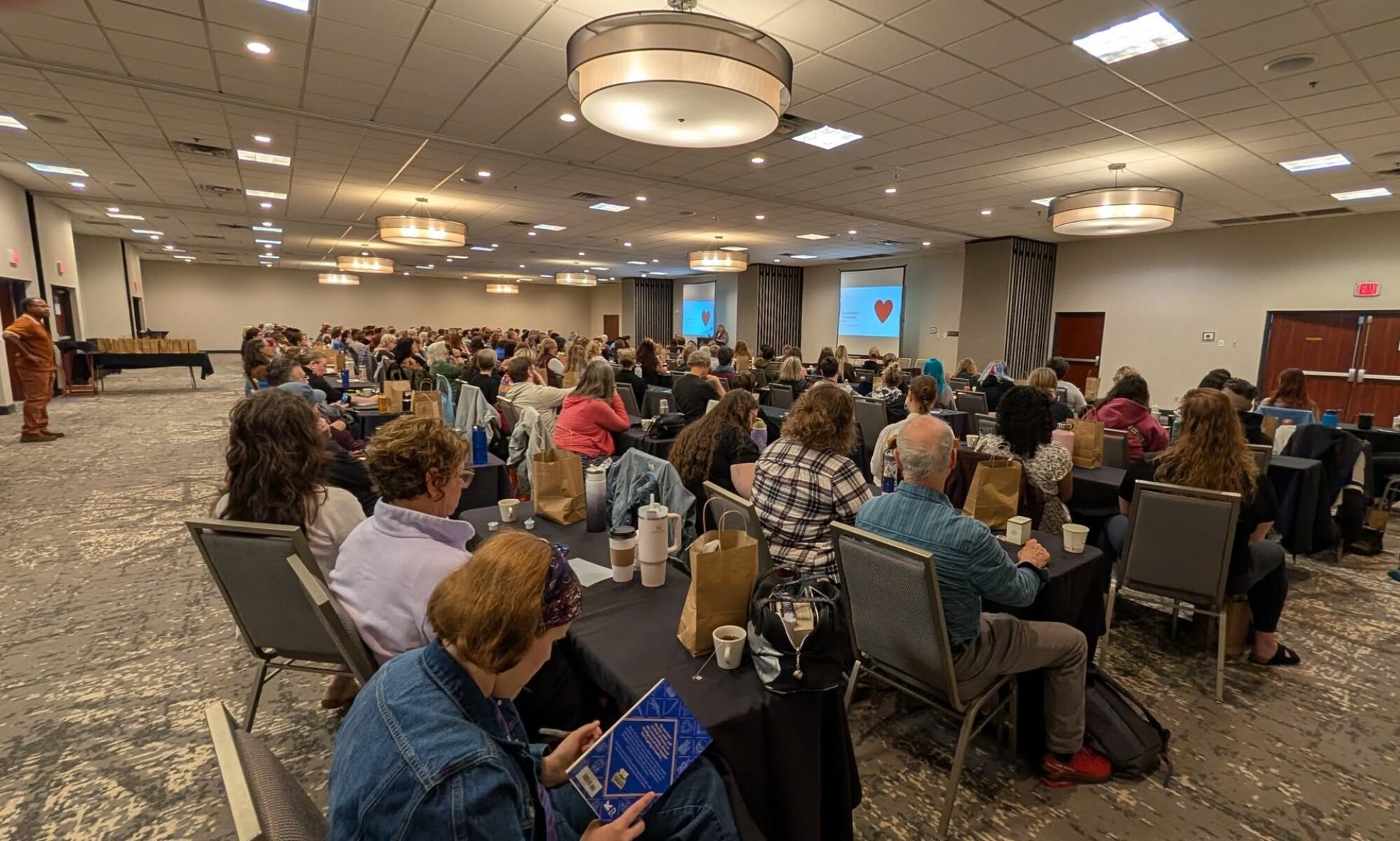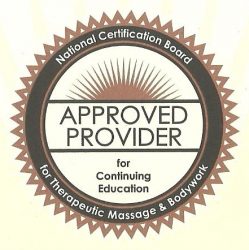Alexa Zaledonis, LMT, CPT, NCTMB, is the new Chair of the National Certification Board for Therapeutic Massage & Bodywork. She is the owner/operator of Even Keel Wellness Spa, a therapeutic massage and skin care center in Annapolis, Maryland. Even Keel employs seven full-time and several part-time employees who specialize in Thai, sports and rehabilitative massage.
A graduate of the Baltimore School of Massage, she passed the NCE in 2002 and has spent the past seven years building her practice in the community. Zaledonis is a certified Lotus Palm Thai Yoga Massage practitioner and a Certified Personal Trainer through the National Strength Professionals Association. Zaledonis currently is completing her Yoga Teacher Training (RYT200). She also teaches Thai Massage at Even Keel Institute for Continuing Education and is an NCBTMB-approved provider.
A former Certified Public Accountant, Zaledonis specialized in healthcare and nonprofit organizations for more than 15 years. She received her bachelor’s degree from Albertus Magnus College in New Haven, Connecticut.
I am NCTMB myself since 2000, and I’ve seen the good, the bad, and the ugly at the NCBTMB. They had a few rocky years and have been the target of my pen on numerous occasions…and in the past year or so, have received my accolades as well, as I feel they’ve made a big effort to right themselves. I don’t expect perfection from any person or organization, but I do expect effort, and I’m glad to report it when I see it happening. I’m glad to see Zaledonis take over the helm of the 9-member Board of Directors, and recently took the opportunity to find out more about her and her future plans for the organization. I recently seized the opportunity to ask her a few questions. My interview follows, and her answers are printed verbatim:
1. How long have you been involved with the NCB, and what previous roles have you been in there, if any?
By definition, I am not your “normal” volunteer. I joined NCB as a Board member in 2007, became Chair Elect in 2009. I had no prior volunteer experience with NCB before joining the board, outside of being a proud certificant. Volunteering prior to 2007 was not a possibility. I moved to Annapolis in 2003 and began my practice while still working part time as a CPA—there was no time for sleep, much less time to be a valuable volunteer. I believe if you can’t commit then don’t raise your hand.
2. What first led you to volunteer?
I raised my hand. I had figured out how to be a competent therapist, teach the community the value of quality massage and help other therapists to succeed in a viable career. Then, one morning, I asked myself, “What is the future for my employees, for myself, for the industry?” I was one person helping a village. I knew that I needed to belong to a bigger village, and because national certification was always the backbone of my career as a CPA, becoming a volunteer at NCB was a natural next step for me.
3. What do you feel are the biggest challenges facing the NCBTMB today?
While massage therapy may be an ancient art, the industry in this country is young and will continue to evolve. There are incredible opportunities for our profession, but that can be a double-edged sword. What I mean is, it’s easy to lose focus without input and guidance from stakeholders. That’s why we always base what we test for and what we do programmatically on what the profession tells us is important. So the challenge is really to listen—and to always make sure that the individual therapist is heard, has a say and stays involved.
Ralph Waldo Emerson said, “Do not go where the path may lead, go instead where there is no path and leave a trail.” At NCB we are trying every day to listen, and then help lead our industry to grow in new ways. Sometimes, that requires forging new paths—like the advanced practice credential for example.
4. What are your priorities for your term as the Chair?
We have so many great things going on, but my top priorities surround the execution of the National Certification for Advanced Practice, or the NCAP, and future specialty credentials. Also, addressing the issues of continuing education and nurturing and enhancing our school compliance program. I look forward to seeing all of our programs work hand in hand, each one helping the next one to add value to and take the industry to new heights.
5. In your From the Top letter on the website and the one that was recently mailed out to the associations and regulatory boards, you talk about revamping the Continuing Ed/Approved Provider program and vetting individual courses. One of the most serious problems at the NCB in years gone by was overwhelming inefficiency, which was the main reason for switching to the present system of audits instead of requiring each class to be vetted. How do you plan to keep that from happening again? Are you going to hire new staff?
Yes, NCB is developing a new National Approved Provider and Continuing Education program, but at this point, nothing is written in stone. We have invited thought leaders, subject matter experts, state board representatives, peer organizations, approved providers and certificants to engage in high-level discussions and participate in the Massage Approved Provider Panel. The response has been impressive.
I think people in the profession are ready to take the next logical step for Continuing Education. And that is to define, differentiate and identify the educational level of the wide variety of modalities and subjects offered. We are looking to design a user-friendly review and approval process, but the panel will help inform the best way to go about accomplishing that.
The magnitude of continuing education has grown far beyond the conventional methods of administering and maintaining a program. We have to think outside of the box. Forge a new path. We have a rough framework of ideas and have are asking subject matter experts to share their best thinking. This truly involves the entire profession.
Imagine this: what if it were possible that in its final form, the national program could consist of an array of industry-wide workgroups comprised of key stakeholders as part of the “engine” that vets CE for the entire profession. All-inclusive involvement. Now that would be groundbreaking! And at the end of the day, it’s everyone together working to move the profession forward while protecting the safety of the public. Blazing new trails.
6. The NCBTMB has taken a substantial financial hit in the past year or two, but as I reported in my annual financial series, there’s been a great job done in cutting expenses. Do you think the NCB can remain financially viable?
Laura, there is no doubt we have had to make some important strategic decisions. But we are proud of our accomplishments, and in fact, independent auditors have said that NCB has exhibited a textbook turnaround during the last two years.
The NCB Board, along with senior leadership, have worked hard to ensure that our current programs, personnel and operational concerns are sound, support one another and offer real benefits for our certificants and the profession. This is how we are building value. With Paul Lindamood as CEO and my love of financial statements, you can bet we will keep close watch on the fundamentals…and the finances!
7. There are now a couple of other organizations looking at getting into the approval of continuing education. Do you think the NCB can stay competitive in the marketplace if that happens?
Thus far, everyone seems to be showing great interest in being part of our Massage Approved Provider Panel. I don’t see this as competition. I see this as the industry putting forth their best effort on something, and that is a beautiful thing.
8. How is the NCAP progressing? I need to know since I plan to be the first one to take it!
And Laura we want test number one to have your name on it! NCB has spent more than a decade polling the profession and has witnessed the growing demand for an advanced credential. Not only that, but the medical industry is showing exceptional interest in it as well. We have spoken to numerous doctors who all support an advanced credential. This is incredibly exciting for the profession—and we are only scratching the surface.
Regarding our progress on the NCAP, a Job Task Analysis survey was sent out the latter part of 2010 and we have just received the preliminary report. NCB would like to thank all of our partners in the field from professional organizations to schools and students as well as industry media for spreading the word about the survey. We had a tremendous response.
Our next steps involve the development of test specifications, which will be sent out for public comment in March. After that, item writing will begin in earnest. It is a very comprehensive and rigorous process.
9. Your term is for a period of two years. Do you think you can accomplish all the things you want to accomplish?
Two years is not a long time. However, as I quoted Emerson earlier, I will be happy with my accomplishments if I can help to blaze a path to advance this profession, and most importantly leave trail markers clear enough for the next person to follow.
10. What’s your fondest hope for the organization going into the future?
I hope that the organization can help to bring this scenario to life:
Therapist calls prospective employer:
Ring Ring
Employer: “Hello, Human Resources at Community General Hospital”
Therapist: “Hello I am a Massage Therapist and was wondering if you are hiring?”
Employer: “Well your timing couldn’t be better. We are always looking for qualified people. Tell me about yourself.”
Therapist: “I am a Licensed and Certified Massage Therapist. I hold a National Certification in Advanced Practice, am working toward a specialty in Medical Massage and have a list of qualified continuing education I can share with you.”
Employer: “Your credentials sound great. We only hire Licensed and Nationally Certified Therapists. Why don’t you send over a resume and we can set up a time to talk.”
You gotta think big, Laura. Thanks for giving me the chance to be a part of your blog.

